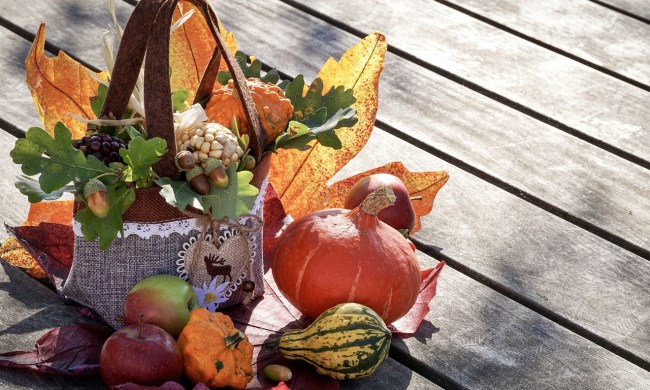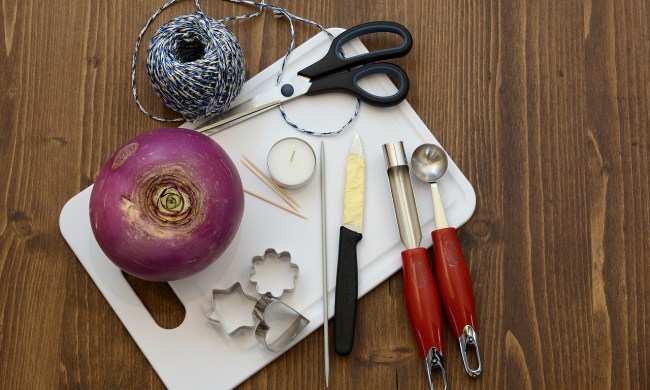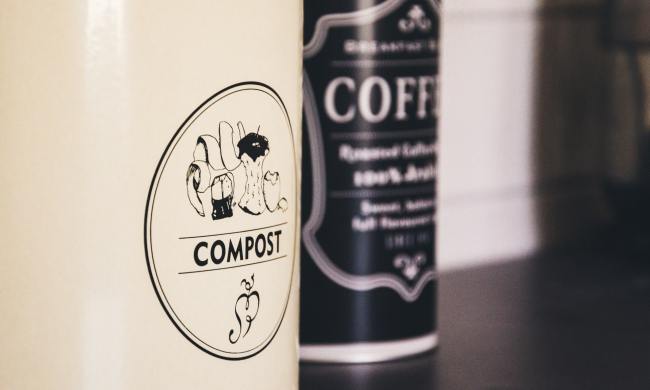Want to start a garden but feel intimidated by the beauties you see on Instagram?. With the gardening tips and tricks discussed here, we hope to inspire you into starting your journey and enjoying the fruits of your labors — literally!
What zone are you in?
Understanding your hardiness zone is an important place to start when beginning your first garden. There are 13 zones within the United States. The higher the number, the warmer the climate. Simply put, if you’re in zone 5 and a plant you’re thinking about growing is “hardy to zone 7,” you’re highly unlikely to grow that plant in your zone successfully.
 When are your frost dates?
When are your frost dates?
Now that you know what zone you’re in, you need to find out when your last and first frost dates are. These are the dates your garden will revolve around and help you know when to plant and when the season is almost over. The number of days between these two dates is considered your “growing season,” and you’ll use that number to determine if you’ll be able to grow a plant to harvest. For example, if you have 78 days of the growing season but a plant requires 105 to harvest, you’ll probably not be able to grow and harvest that plant successfully.
The last frost date in your area is the average date when the last frost will happen. This means you can begin sowing seeds, planting transplants, and getting your garden growing. You may still need frost covers, but if you plant a few days out from the last frost, your garden is probably safe.
The first frost date is the average date when the first frost of the fall typically happens. This is when you’ll want to harvest all your plants or begin putting covers over your more cold-hardy plants. Knowing this date can always give you an idea of how many times you can plant crops one after another for more harvest. This means, if you grow a plant that is 34 days to maturity and you have 45 days of growing season left, you can harvest that plant and plant it again.
Where should you put your garden?
You know which zone you’re in, and now you know your growing season. Next, it’s time to figure out where to put your garden. If you have a small backyard, you may not have too many options. If you have acres to work with and want to find the perfect spot, here are a few things to consider.
Sunlight
Of course, we all know plants need sunlight to grow, but how much? All plants are different in their specific needs, but for the most part, six to eight hours of sun a day is what you’ll want to look for in your perfect garden location. If you have a potential spot in mind, watch that spot for a few days and see how the sun hits it throughout the day. If it’s getting a fair amount of sun for six to eight hours, it’s probably a good spot for your garden.
Water
Sunlight and water are the two ingredients all gardens need. Getting water to your garden regularly will be arduous if you can’t get water out to it easily. Consider where you want to put your garden and how you will get water out to it. If you need a longer hose or a new spigot, those are things you’ll want to figure out before your garden needs to be watered.
Trees
While occasional shade from trees won’t harm your plants, what happens below the surface could. Trees’ roots grow wide and could be a problem when it comes to tilling and growing your plants. If they have to fight and work around large tree roots, they will waste energy instead of developing and producing fruit. To avoid this fight below ground, put your garden in a place not too close to trees.
Animals
Once your garden begins to grow, animals will suddenly become very interested. Cats and dogs can cause a lot of damage by digging around, and cats can even try to use it as a litter box. In addition to your furry friends, wild animals may come to visit your garden, as well. Deer, squirrels, chipmunks, birds, and rabbits may be found digging, eating, and stomping on your precious plants.
The best way to protect your garden from these curious and hungry animals is a fence. It doesn’t have to be elaborate. A simple chicken wire fence with a T-post around your garden will deter these animals from helping themselves to a snack.
Roadways
Placing your garden too close to the road could end with your garden getting too many chemicals and runoff. During winter, salt can be extremely damaging to the soil. It may prevent plants from being healthy or even growing at all. Salt and other nasties from the road could end up on your plants themselves and, if they aren’t cleaned properly, in your meals.
Prepare your soil for planting
All good gardeners quickly learn the essential part of your garden is the soil. Ensuring your soil is rich with nutrients and creating the perfect growing habitat will make your gardening endeavors that much easier.
First, you’ll need to get your soil tested. You can perform some home tests, or you can send it off to your local state soil testing lab. Here is a list of all the labs by state. What you’ll be looking for is whether your soil is too acidic, alkaline, and what the pH level is. Once you find that information out, you can determine what you need to do to amend your soil.
Amending your soil involves adding certain things to create a well-balanced environment. Usually, it includes adding compost and maybe aeration products, as well. What you add to your soil will be determined by the results you get from the soil testing lab.
What are you going to plant?
Now that you know where to put your garden and how to amend the soil, you get to go on a seed shopping spree! This is where knowing your zone and growing days is going to help you determine what you can and cannot grow.
While this may seem elementary, don’t grow plants that you will not eat. Just because everyone loves growing tomatoes does not mean you have to grow them if you don’t like them. Think of the veggies and herbs you love to use in your cooking and plant these instead. This will allow you to get the most out of your garden.
The basic tools you need
When starting your garden, there are a few essential tools that every gardener should have.
- Garden fork
- Small shovel
- Gloves
- Pruning shears
- Hand trowel
- Spade
- Garden hose
- Wheelbarrow
Gardening can take years to master, and there will always be more to learn no matter how long you do it. However, with these tips, you can rapidly improve your skills and ensure your first gardening endeavor is a success.
 When are your frost dates?
When are your frost dates?

